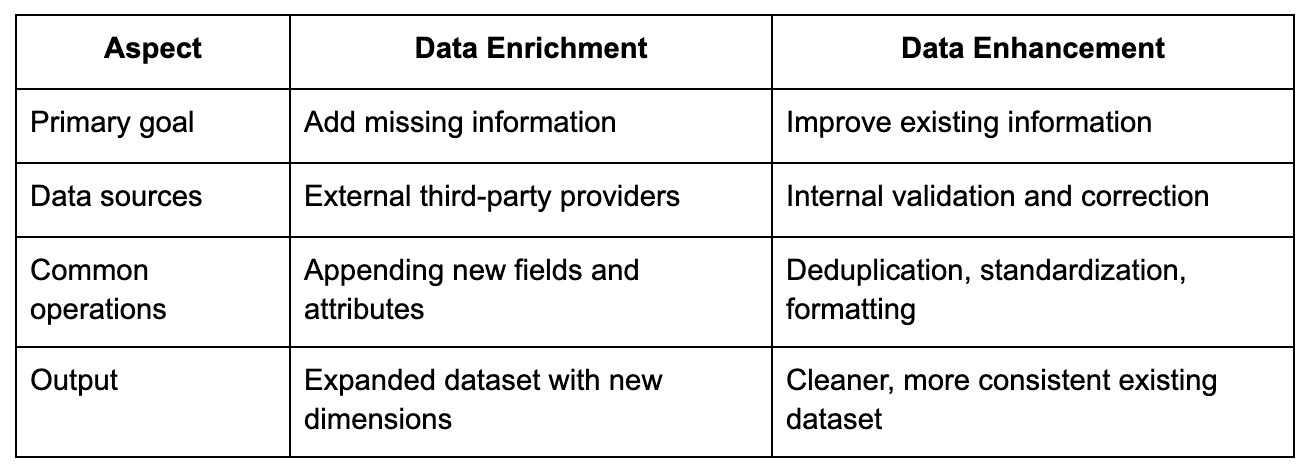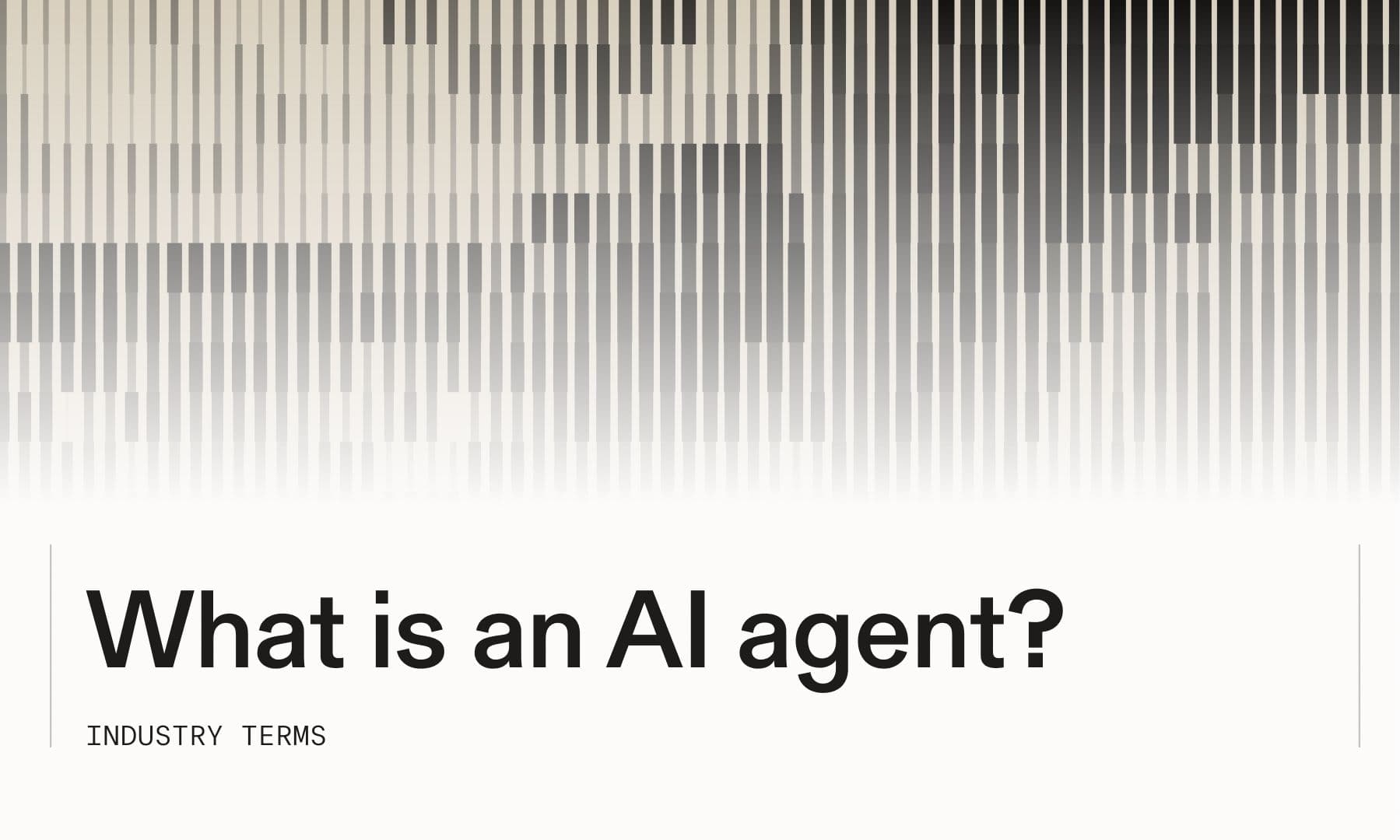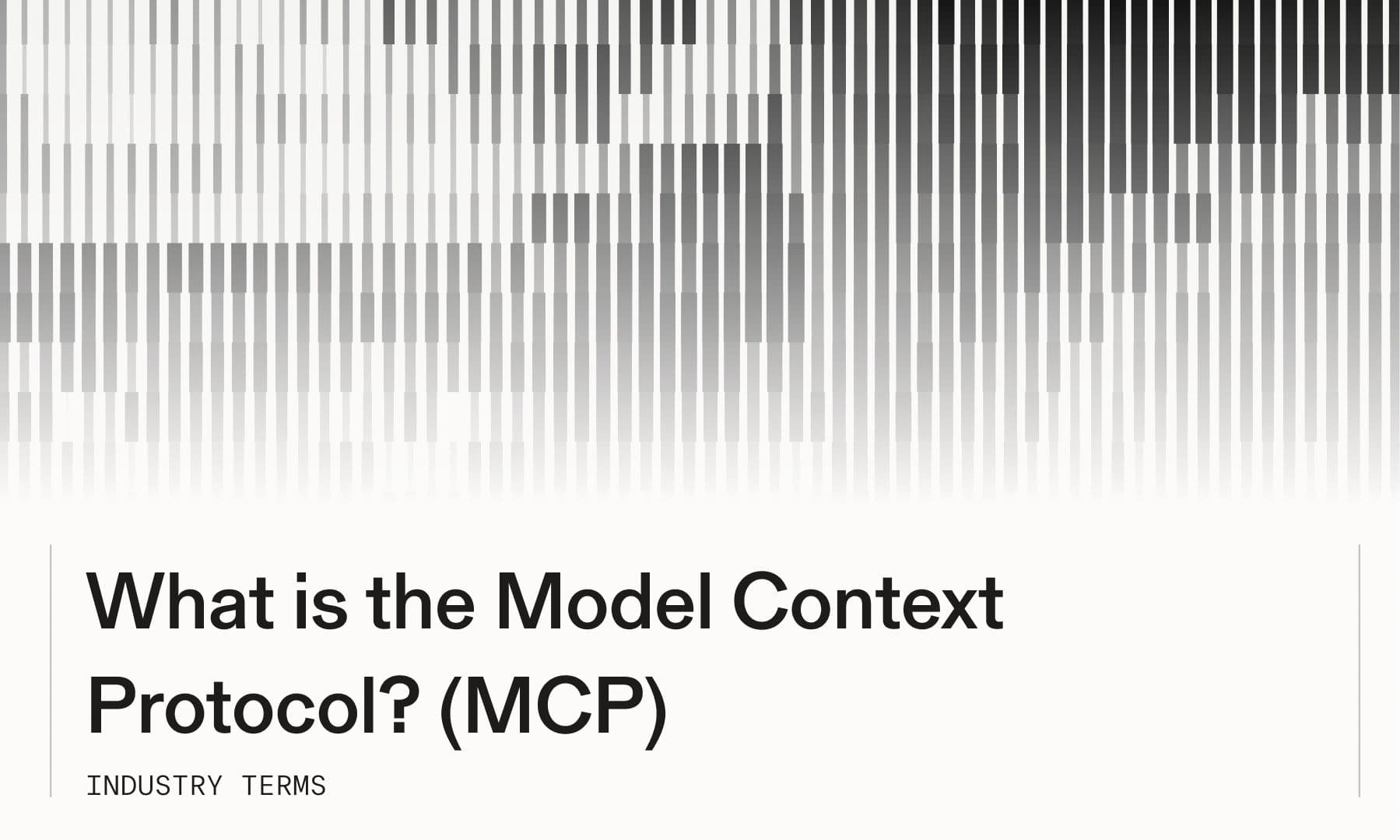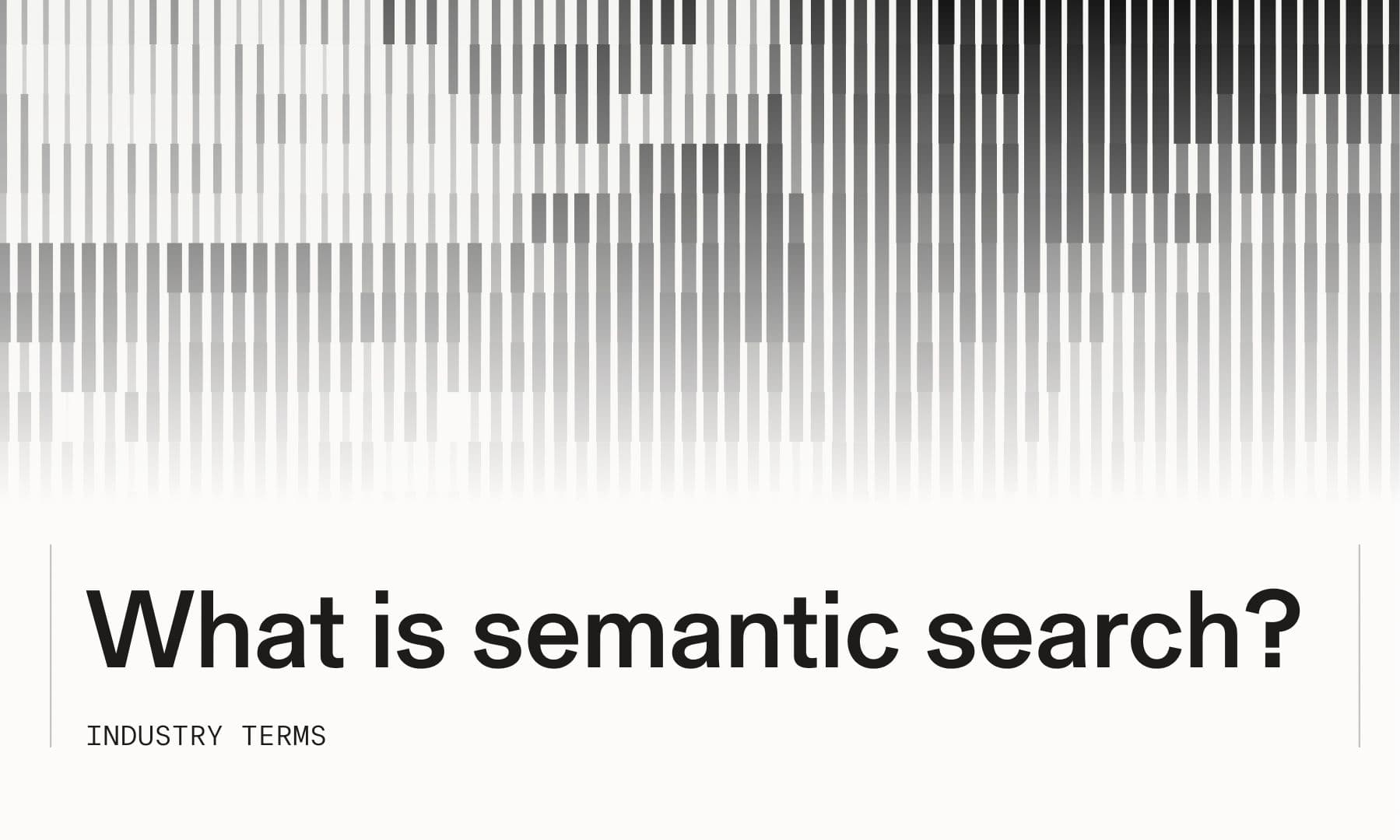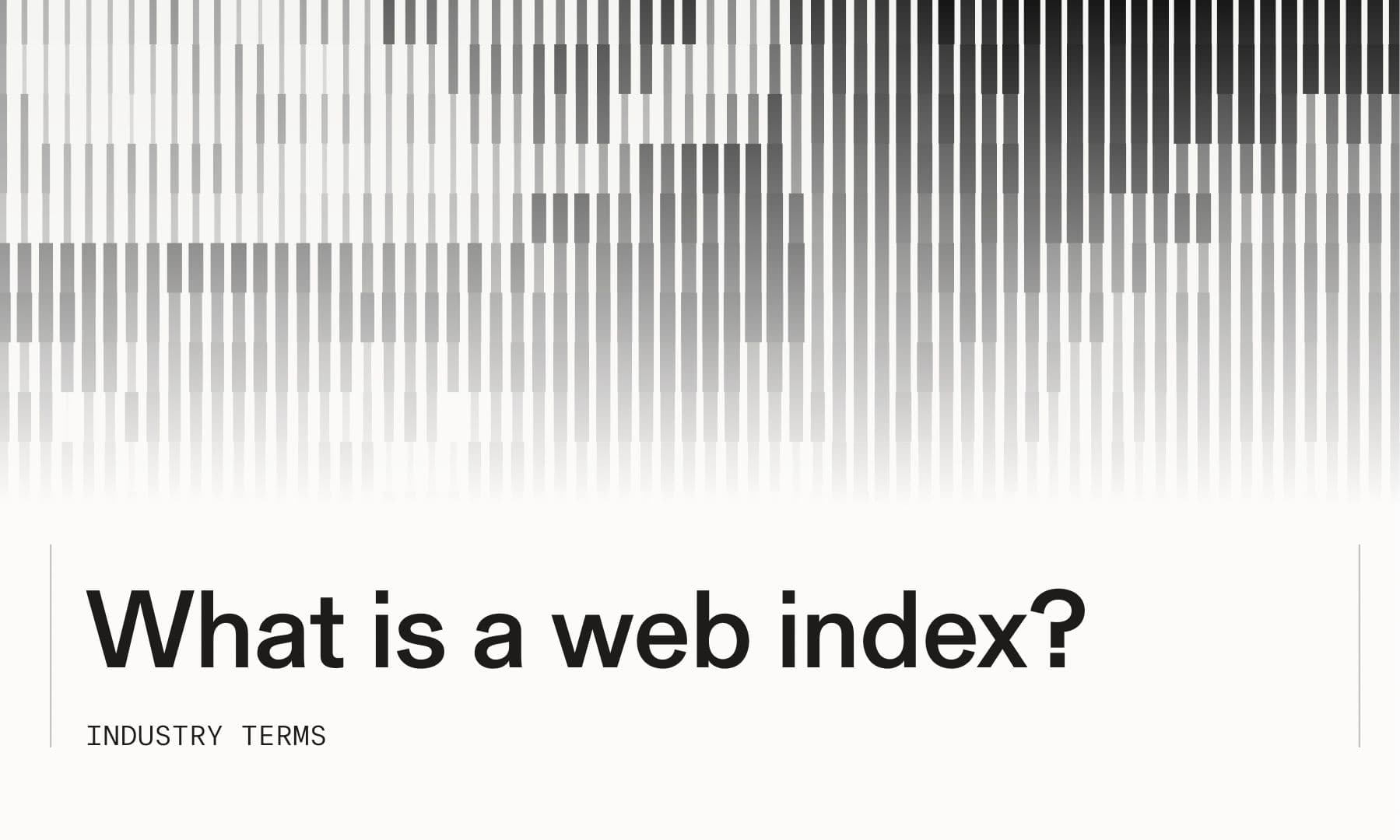
# What is data enrichment?
Data enrichment is the process of combining your internal data with information from external sources to create more complete, accurate datasets. When done right, it transforms sparse records into comprehensive profiles that enable better decisions, more accurate AI reasoning, and competitive advantages you couldn't access before.
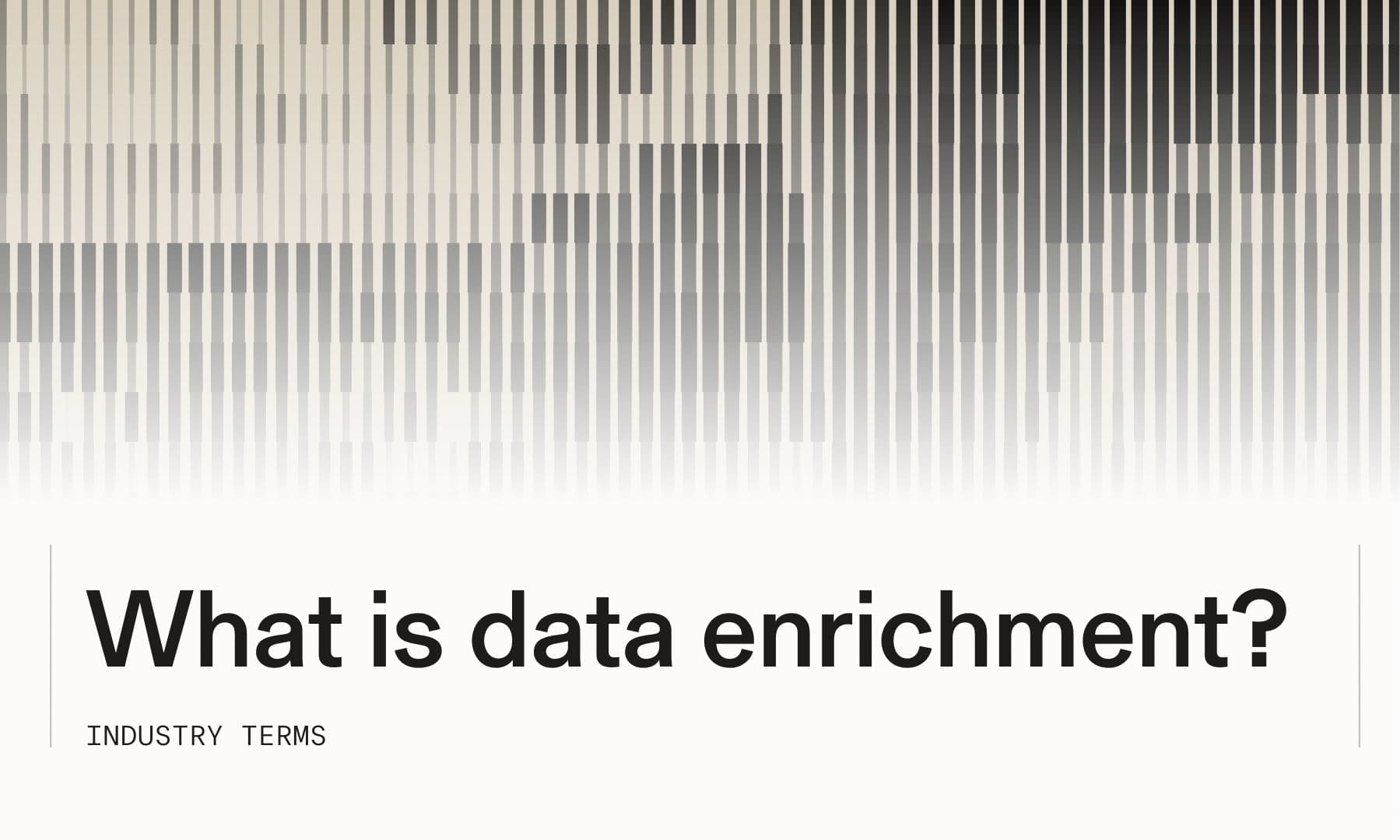
This guide covers how enrichment works, why it matters for AI systems, the step-by-step process, real-world applications, and emerging trends reshaping how organizations approach data completeness in 2025.
## **Data enrichment definition and meaning**
Data enrichment is the process of combining your internal data with information from external sources to create more complete, accurate datasets. You take what you already have—customer emails, product SKUs, company names—and merge it with additional details from third-party providers or other internal systems.
The result is a dataset that fills gaps, adds context, and reveals patterns you couldn't see before. A customer email becomes a full profile with job title, company size, and recent activity. A product name expands into specifications, pricing, and availability across retailers.
## **How data enrichment works**
Enrichment starts with matching. Your system identifies records in your dataset that correspond to records in external databases using key identifiers like email addresses, company domains, or product codes.
Once matched, the system appends new fields to your existing records. An external API might add demographic information to a customer profile, or a pricing feed might update product costs in your catalog. The mechanics are straightforward—connect to a data source, match records, merge information.
What makes enrichment powerful is scale and automation. Instead of manually researching each customer or product, you process thousands of records through APIs that handle matching and merging automatically.
## **Data enrichment vs data enhancement**
People often use "enrichment" and "enhancement" interchangeably, but they're different operations. Enrichment adds new information from external sources. Enhancement improves the quality of data you already have.
Enhancement typically comes first. You clean and standardize your data before enrichment because accurate matching requires consistent formatting and deduplicated records.
## **Why enriched data matters for AI systems**
AI systems can't work with incomplete information the way humans can. When you're reviewing sparse data, you know what's missing and can seek additional context. An AI agent doesn't have that awareness—it works with what it has.
Enriched data provides the structured, comprehensive foundation that AI agents require for accurate reasoning. Without enrichment, AI systems either produce low-confidence results or fill gaps with plausible-sounding fabrications. Neither outcome works for production applications.
The stakes are higher for AI. A human analyst making an intuitive leap based on partial data can usually explain their reasoning and adjust if proven wrong. An AI agent operating on unenriched data compounds errors across multi-step reasoning chains without that self-awareness.
## **Data enrichment process step by step**
Successful enrichment follows a structured workflow. Here's how it unfolds in practice.
### **Step 1: Data assessment**
Start by evaluating your current dataset. Identify which fields are missing, which records are incomplete, and what external sources could fill the gaps most effectively.
### **Step 2: Clean and standardize original dataset**
Before enriching, deduplicate records and fix formatting issues. Two records for "IBM Corp" and "International Business Machines" won't match properly without standardization first.
### **Step 3: Identify external data sources**
Research third-party providers, APIs, and databases that align with your enrichment objectives. Different sources specialize in different data types— contact information, firmographic data, behavioral signals, pricing feeds.
### **Step 4: Integrate and match records**
Connect your systems to external sources and execute the matching logic. This step requires careful attention to thresholds— too strict and you'll miss valid matches, too loose and you'll create false positives.
### **Step 5: Validate and quality check enriched data**
After enrichment, verify accuracy and completeness. Spot-check a sample of enriched records, validate against known-good data, and measure how many newly added fields are actually populated.
### **Step 6: Continuous monitoring and updating**
Establish ongoing processes to keep enriched data current. Company contacts change roles, businesses update their technology stacks, and market conditions shift. Your enrichment pipeline refreshes data regularly to maintain accuracy.
## **Real world data enrichment examples**
Enrichment applications span nearly every industry. Here are the most common scenarios.
### **Customer data enrichment**
Organizations append demographic details, behavioral signals, and contact information to customer profiles. A basic email address becomes a complete profile with job title, company size, industry, and social media presence.
### **Marketing data enrichment**
Sales and marketing teams enhance lead records with firmographic data and intent indicators. You can see which prospects are actively researching solutions, what technologies they currently use, and whether they match your ideal customer profile.
### **Product enrichment**
E-commerce platforms supplement product catalogs with detailed specifications, pricing data, availability information, and customer reviews. Enrichment improves search relevance and provides customers with comprehensive information for purchase decisions.
### **Commodities data enrichment**
Trading firms add market prices, regulatory information, and supply chain data to commodity datasets. Real-time enrichment with pricing feeds enables dynamic decision-making in volatile markets.
### **AI training dataset enrichment**
Machine learning teams augment training datasets with synthetic examples, additional labels, and contextual metadata. Enrichment improves model performance by providing more diverse training examples and reducing bias in underrepresented categories.
## **Benefits and ROI of enriching data**
Enriched data enables more accurate decision-making by providing the complete context you're missing otherwise. When customer records include purchase history, engagement patterns, and firmographic details, you can identify opportunities and risks that would be invisible in sparse datasets.
You'll also see operational improvements. Sales representatives spend less time researching prospects manually, marketing campaigns achieve higher conversion rates through better targeting, and support teams resolve issues faster with complete customer context.
The competitive advantage comes from acting on insights that others miss. Enriched data reveals patterns and opportunities earlier than competitors working with incomplete information.
## **Challenges and best practices to enrich the data**
While enrichment delivers value, implementation comes with technical and operational challenges.
### **Data privacy and compliance**
Enrichment involving personal data falls under regulations like GDPR and CCPA. You'll want to ensure that your enrichment sources provide data through compliant channels and that your usage aligns with consent requirements.
### **Provenance and verifiable outputs**
Maintaining clear attribution for enriched data is critical for audit purposes and quality control. When enrichment adds new fields to your records, track which source provided each piece of information, when it was added, and with what confidence level.
### **Latency and cost efficiency**
Real-time enrichment introduces latency into your data pipelines, while batch enrichment can leave data stale. Balancing speed with budget constraints requires strategic API usage, intelligent caching, and selective enrichment of high-value records rather than processing entire datasets.
### **Tool selection and automation**
The enrichment vendor landscape is crowded, with providers specializing in different data types and industries. Evaluate providers based on data accuracy, coverage, API reliability, and pricing models—then implement automation that handles enrichment workflows without manual intervention.
### **Continuous updates at scale**
Enriched data decays over time as external information changes. Implementing systems that refresh data on appropriate schedules keeps your datasets current without unnecessary API costs.
## **Future trends in data enrichment**
The enrichment landscape is evolving rapidly as AI capabilities advance and data requirements become more sophisticated.
### **AI native enrichment pipelines**
Purpose-built enrichment systems designed specifically for AI agent consumption are emerging. Rather than returning data formatted for human review, AI-native systems provide structured outputs optimized for reasoning tasks—with explicit confidence scores, source attribution, and relationship mapping.
### **Synthetic data generation**
AI models can now generate additional training examples and fill dataset gaps artificially. While synthetic enrichment raises questions about accuracy and bias, it's becoming valuable for privacy-sensitive applications and scenarios where real-world data is scarce.
### **Real time streaming enrichment**
Batch enrichment is giving way to streaming approaches that enrich data as it flows through systems. Streaming enables immediate action on enriched insights—triggering workflows, updating dashboards, and alerting teams the moment relevant information becomes available.
### **Cross domain knowledge graphs**
Advanced enrichment systems are connecting disparate data sources through semantic relationships and entity linking. Instead of simple field appending, knowledge graphs enable reasoning across domains—understanding how a company's technology stack relates to its hiring patterns, funding events, and market positioning.
### **Emerging regulations and standards**
New compliance requirements and industry standards governing enrichment practices are taking shape. Frameworks will establish clearer guidelines for data sourcing, consent management, and attribution.
## **Build trusted enrichment pipelines with Parallel**
When you're building AI systems that depend on enriched data, accuracy and verifiability aren't optional. Parallel's APIs[Parallel's APIs]($https://docs.parallel.ai/task-api/task-quickstart) deliver the evidence-based web intelligence that modern enrichment pipelines require.
Our platform provides structured data extraction with transparent provenance. Every piece of enriched information traces back to verifiable sources. Unlike traditional enrichment providers that return opaque results from legally-questionable sources, Parallel's outputs include explicit source attribution and confidence scores.
Our Task APIs [Task APIs ]($https://docs.parallel.ai/task-api/task-quickstart)work to handle complex enrichment workflows that would otherwise require orchestrating multiple tools. Specify what information you're looking for, and Parallel determines the optimal approach to gather, verify, and structure the results.
Start building[Start building]($https://platform.parallel.ai/home) with Parallel's APIs and give your AI systems access to accurate, verifiable data.
## **Frequently asked questions about data enrichment**
### **What skills are required for a data enrichment job?**
Data enrichment roles typically require SQL proficiency for querying and transforming datasets, understanding of data integration tools and ETL pipelines, and knowledge of data quality principles. Technical skills in API integration and data transformation are valuable, as is familiarity with the specific enrichment tools your organization uses.
### **How long does the data enrichment process take?**
Timeline varies based on dataset size, enrichment complexity, and whether you're processing in batch or real-time. Small datasets with straightforward enrichment can complete in hours, while enterprise-scale projects involving multiple sources and complex matching logic might take weeks. Automated enrichment systems dramatically reduce ongoing processing time once the initial pipeline is established.
### **Can small datasets benefit from data enrichment?**
Yes. Enrichment often delivers outsized value for smaller datasets by dramatically improving data completeness. The ROI calculation typically justifies the investment regardless of dataset size, particularly when enriched data enables better targeting, personalization, or decision-making.
### **Is manual data enrichment still relevant?**
Manual enrichment remains valuable for specialized use cases requiring human judgment or verification of high-stakes decisions. However, automated solutions like those powered by Parallel handle the vast majority of enrichment tasks more efficiently, consistently, and accurately— freeing human resources for edge cases that truly require human expertise.
By Parallel
November 11, 2025
